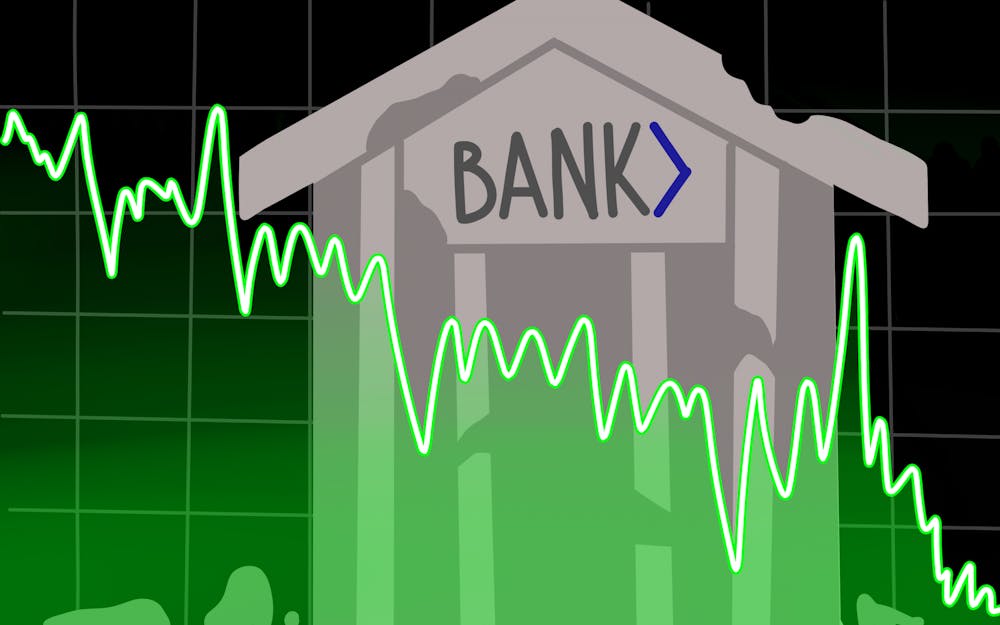I don’t think I stand alone in saying that businesses receive a little too much leniency when they cause large-scale problems. I also don’t believe it is outlandish to put proactive measures into place so we are not always reacting. This is where regulation comes into play.
Two very recent examples that have brought regulation back into the limelight are the Norfolk Southern derailment in East Palestine and the collapse of Silicon Valley Bank. With correct regulations, both of these tragedies could have been substantially avoided if not completely avoided.
The first of these two cases I would like to examine is the Norfolk Southern derailment. This was just one of roughly 1,475 train derailments that have happened on average every year since 2005. During the Obama and Trump administrations, regulations on various issues including breaking, speed limits and minimum crew rules were proposed but subsequently lobbied against by the locomotive industry’s largest lobbying group, the Association of American Railroads.
[Related: OPINION: America’s infrastructure is crumbling]
These new rules and regulations could have been a proactive approach to prevent what happened. However, due to primarily fiscal reasons, it was in Norfolk Southern’s “best interest” to lobby against them to protect their bottom line.
In terms of value, a proactive approach to safety is by far the most valuable asset someone in this line of business can have. While people in this business might disagree with me on that statement, nevertheless, safety should come first and foremost when dealing with problems of this magnitude. It shouldn’t be an afterthought of disaster. That's why clear, thorough and simultaneously tough regulations need to be in place. Otherwise, most companies will take large risks in the pursuit of capital interest.
Speaking of large risks and the pursuit of capital interests, the same motive for the derailment is likely again what brought Silicon Valley Bank and other banks to their knees.
After the global financial crash in 2008, a new regulation known as Dodd-Frank Act was brought to fruition. According to an ABC news article, this made it so banks with assets totaling more than 50 billion dollars had heightened prudential standards, such as "stress tests" and certain capital planning and liquidity requirements.
However, in 2018, the Trump administration raised the threshold from 50 billion to 250 billion. Experts are in contention over whether this change actually led to the fall of Silicon Valley Bank;, however, I myself, who is not an expert, believe this is likely to be the case. While it is not the only factor it certainly, in my mind, is one of the most important factors.
[Related: OPINION: Rishi Sunak will continue to lead the UK into turmoil]
This is because this change incentivizes smaller banks, such as Silicon Valley Bank, to practice risky and reckless trading of assets – which results in not having enough liquidity to deal with a bank run. This is why liquidity requirements and capital planning procedures are critical to any bank of any size.
Both of these issues could have been easily avoided had the right regulation either been in place or stayed in place. Regulation is a powerful tool that aims to control businesses when they get dollar signs in their eyes. So, I don’t see why we don’t use it more considering that it could save a lot of people either financially or physically.
Owen Darland (he/him) is a sophomore studying international studies and journalism.




